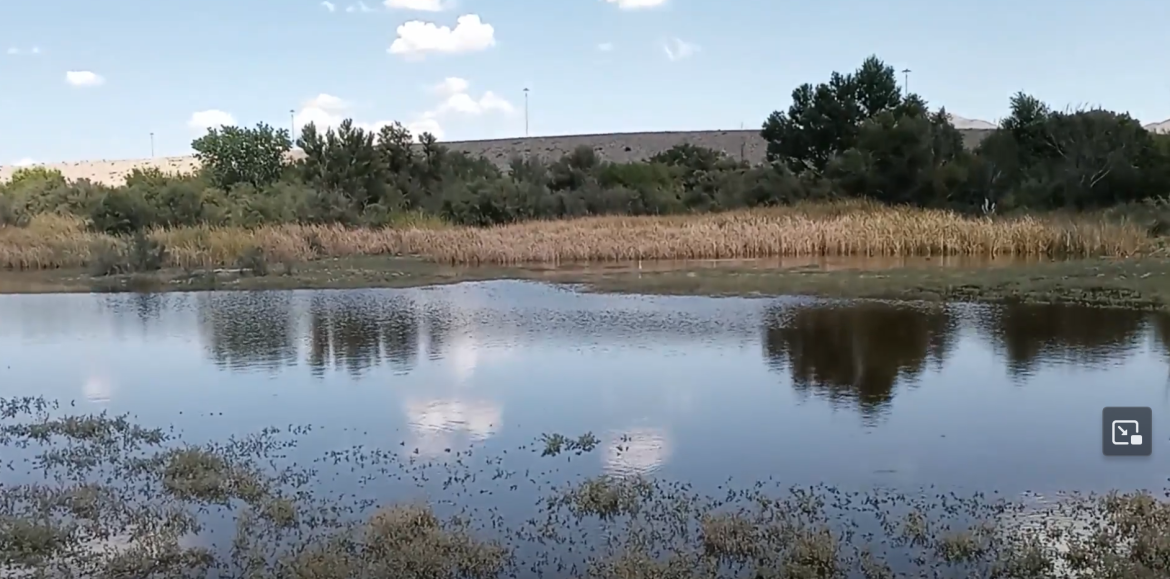Keystone Heritage Park and Botanical Garden is an unexpected oasis amid the residential development of El Paso’s Upper Valley. It is old land. It sits on what was the ancient settlement of the Mansos tribe alongside Doniphan Drive, part of the historic Camino Real.
The 52-acre Keystone Heritage Park is mostly wetlands, with a 2-acre garden that showcases native desert plants
“We have mostly Chihuahuan desert plants, Sonoran desert plants, a few African plants, a few South American plants,” said RubyAnn Gaglio event coordinator for the park.
She said everything is desert adaptive to survive on low water and heat.
“So as a high desert, we have kind of extreme heat, really, or extreme weather. It is really, really hot and then really, really cold in the winter. It does freeze here,” she said. “So plants have to be able to survive those things like extreme heat, low water and extreme cold. And so that’s here in the garden. We have examples of different kinds of cactus, like nopales or prickly pear, different kinds of yuccas, agaves.”
The process for the creation of the Keystone Heritage Park and Botanic Garden began in the 1970s. It was finally approved in 1997, and established in 2000. It is a city-owned property leased to a volunteer board of directors charged with preserving and developing the park.
Not only does Keystone Heritage Park feature desert plants, but it attracts a variety of wildlife. There is a small pond where visitors can see wild birds like ducks and storks. There are also quails that arrive in the autumn.
The park, at 4200 Doniphan, is free to the public Tuesday through Sunday. Tours can be arranged and there are a number of different events, Gaglio said, such as Bee Pride Month in July. And monthly events hosted by PEEP Phototalk for those who are interested in photography. Classes are offered in yoga and meditation at the garden as well.
Throughout the nature walk, visitors will find a variety of flora from cypress trees and giant pine trees to a number of cacti species. The plants are free of pesticide as the park follows organic gardening practices.
“We don’t use chemical fertilizers, we let things grow and bloom in their own time. Insects are food for birds, and we don’t want to poison the bird. So we don’t put poison on the insects or the plants,” Gaglio said.
Other activities at the park include arts and crafts in the botanic garden. There are a number of sculptures and murals throughout the garden, including a sun sculpture and a mural featuring a lizard on a hot desert day.
Kerry Gardner, a volunteer at the garden, said visitors are welcome to look, but shouldn’t touch the plants.
“The nopales have large purple tunas and it looks like the tunas were ready to be eaten. Since it is a botanic garden they can’t pick the tunas of the nopales,” Gardner said.
The park relies on a number of volunteers to keep it in shape. They water and prune the plants and help with general maintenance.


